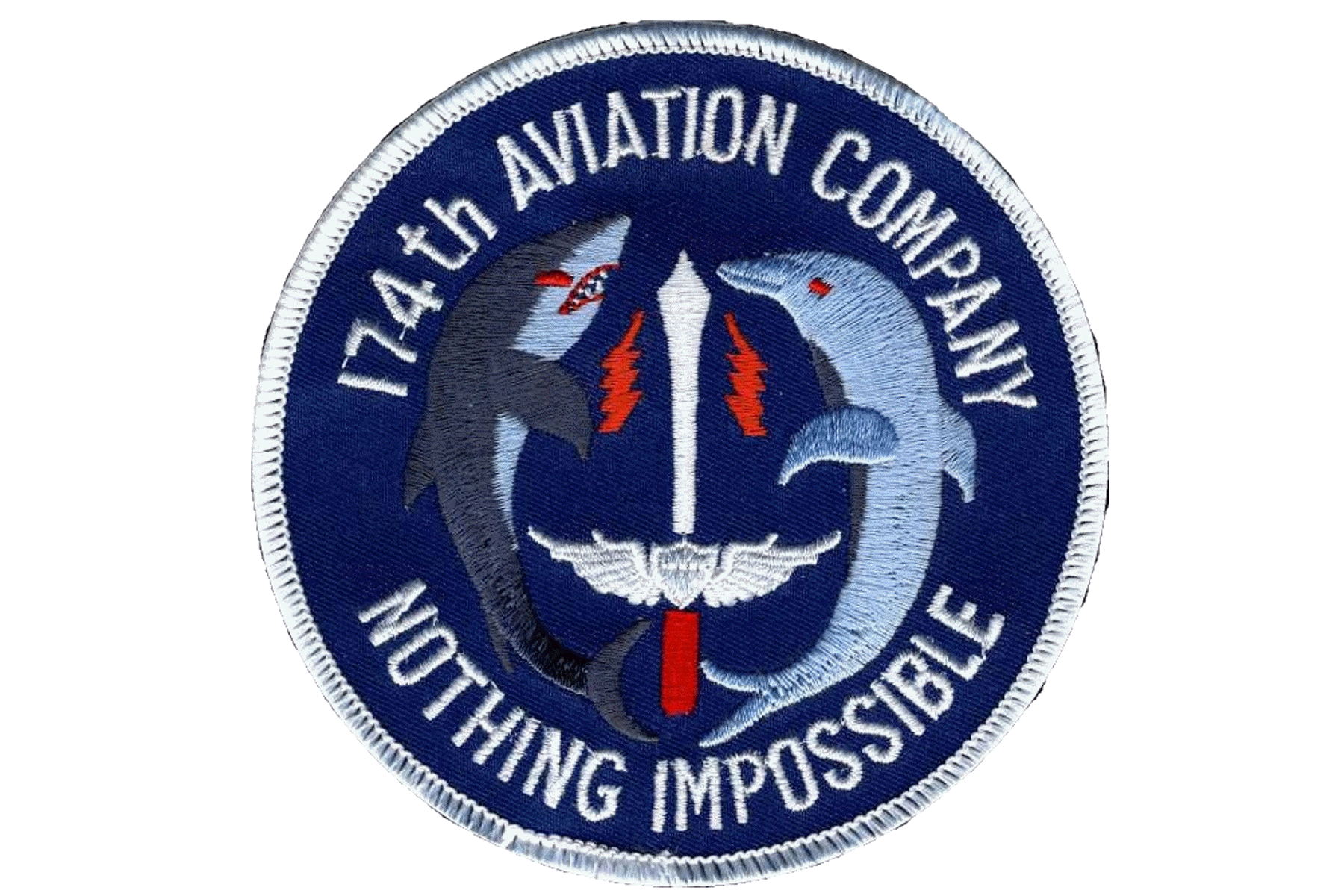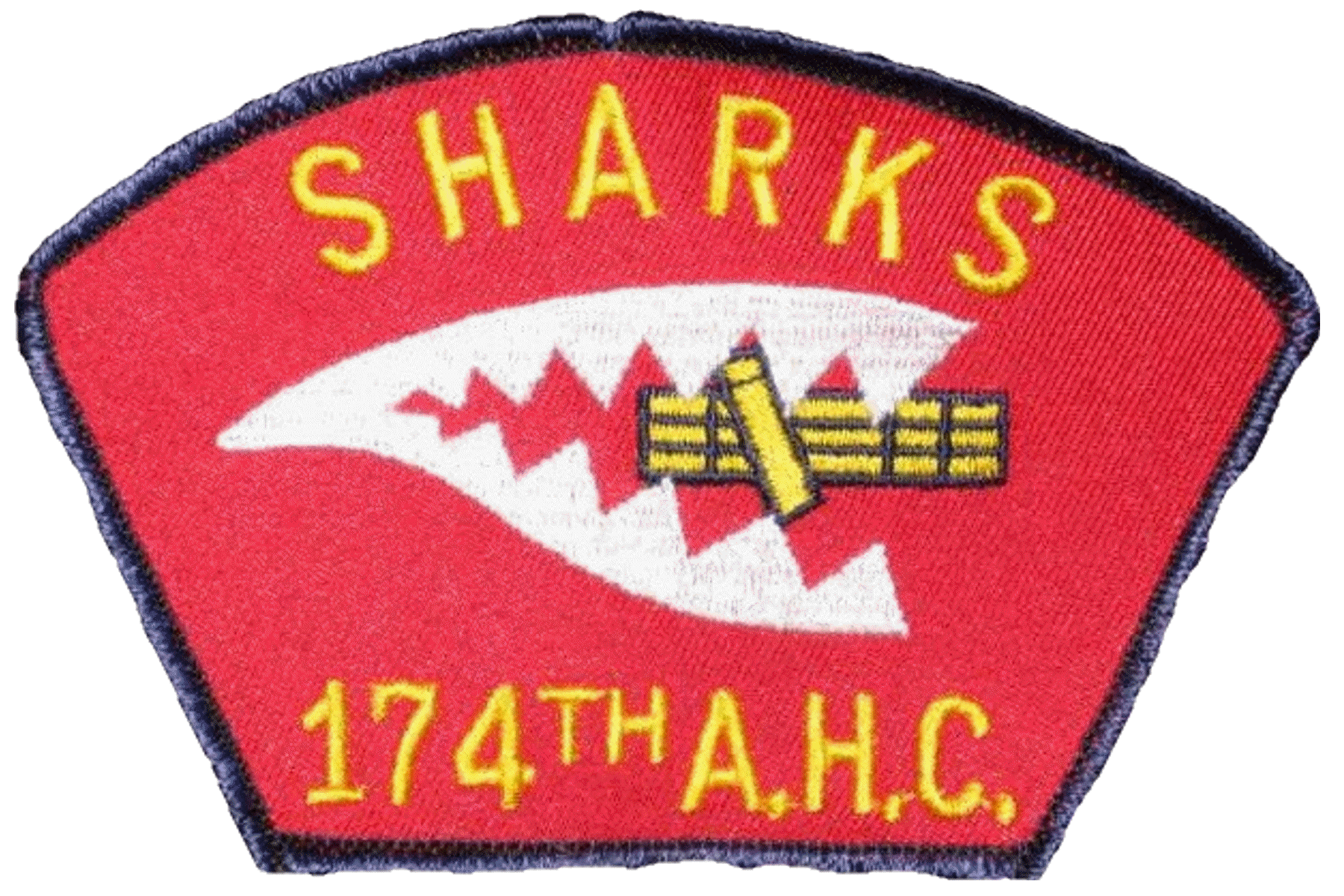174th Assault
Helicopter Company
DOLPHINS & SHARKS
David RosenthalWO1 - CW2 |
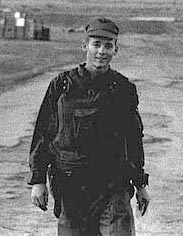 |
1970
Page 2 of 3
|
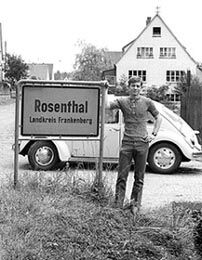 |
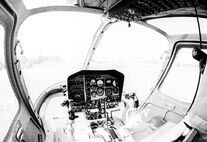 |
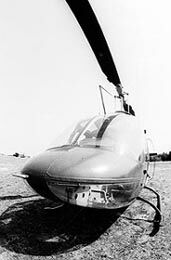 |
In Germany, I was assigned to a Brigade Aviation Section (1st BDE, 3d AD) and got a local transition to OH-58As. I was the Operations Officer at Kirchgoens AAF, about 30 miles north of Frankfurt and wound up getting more than 80% of the flight time (the other two pilots weren't as into exploring as I was). The entire country of Germany was my single-pilot oyster and AFOF (Army Flight Operations Facility; the ones with whom you flight-followed [now AFOD--the D stands for "Detachment"]) people came to recognize me by my voice on the radio.
But by that time, Vietnam was being quietly downsized and the numbers of pilots reduced. By early 1972, I was offered an early-out and took it. I arranged an overseas separation (a setup where you could remain in-country for up to a year and still get all your return privileges from the Army) and, since my wife and I had traveled as much as we could when I was IN the Army, we used this opportunity to travel even more.
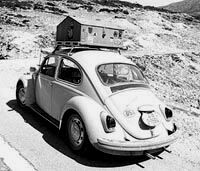 For
nearly two months, we traveled, essentially living in our 1969 VW bug, for
which I'd gone to the base woodworking hobby shop and built a big box that
I'd mounted on the roof with a luggage rack (the box, now covered with
stickers, is still in the garage). Yes, two people CAN stretch out and
sleep in a VW bug if you arrange the seats correctly.
For
nearly two months, we traveled, essentially living in our 1969 VW bug, for
which I'd gone to the base woodworking hobby shop and built a big box that
I'd mounted on the roof with a luggage rack (the box, now covered with
stickers, is still in the garage). Yes, two people CAN stretch out and
sleep in a VW bug if you arrange the seats correctly. 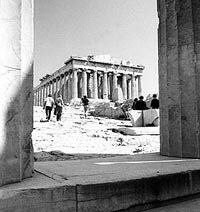 We traveled through East
Germany to Berlin, then to Holland, Austria, Yugoslavia, Greece, Italy,
Switzerland, and back to Germany before heading home in late April of
1972.
We traveled through East
Germany to Berlin, then to Holland, Austria, Yugoslavia, Greece, Italy,
Switzerland, and back to Germany before heading home in late April of
1972.
From there, the story gets more classic: I went back home to Sacramento and began going to school on the GI Bill. Almost right away, I ran into one of my academically high-achieving friends from high school who had managed to keep his educational deferment and completed his liberal arts degree. He now sold shoes. A literary lifestyle didn't seem to promise much.
Always enjoying the more technical side of life, I discovered physics. For the next five and a half years solid, I did nothing else but punish myself with derivations and higher math. But I also discovered that a Huey-based MEDEVAC unit was being formed in Sacramento in the National Guard.
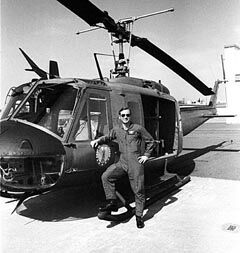 My first
drill was in March of 1974 as one of the founding members. I flew
H-models, then when they received the appropriate modifications, V-models.
I also joined a local flying club and got my FAA Commercial fixed wing
ticket.
My first
drill was in March of 1974 as one of the founding members. I flew
H-models, then when they received the appropriate modifications, V-models.
I also joined a local flying club and got my FAA Commercial fixed wing
ticket.
I graduated from the University in 1977 and immediately got a job for a major aerospace company in Los Angeles. This necessitated a move but I decided that I'd keep flying no matter what. It was now a monthly commute to Sacramento but airfares at that time came as low as--believe it or not--$19 from LAX (a frequent-flyer deal on PSA).
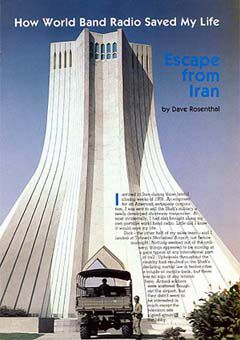 Late in
1978, my new aerospace employer sent me to Iran as the technical member of
a marketing team; my role was keeping alive a flaky prototype of a manpack
radio they were trying to sell to the Shah's army. Unfortunately, the
Shah's regime chose that time to crumble and I found myself alone in a
turbulent Tehran. Braving the rioting mob on the day the airport closed, I
worked my way through the barricades to escape to Germany on a
black-market Lufhansa ticket. This whole story is its own adventure and I
actually published it a few years later when the editor of Passport to
World Band Radio discovered it was the international news broadcasts
I'd monitored on my short wave receiver that warned me of the impending
chaos.
Late in
1978, my new aerospace employer sent me to Iran as the technical member of
a marketing team; my role was keeping alive a flaky prototype of a manpack
radio they were trying to sell to the Shah's army. Unfortunately, the
Shah's regime chose that time to crumble and I found myself alone in a
turbulent Tehran. Braving the rioting mob on the day the airport closed, I
worked my way through the barricades to escape to Germany on a
black-market Lufhansa ticket. This whole story is its own adventure and I
actually published it a few years later when the editor of Passport to
World Band Radio discovered it was the international news broadcasts
I'd monitored on my short wave receiver that warned me of the impending
chaos.

When I finally slogged through the door at home, I found that the Navy's R & D lab at China Lake had sent me an offer. For five years I'd wanted a job there and this was an excellent time for a change. Within months, I was there. I've now worked here almost 22 years.
I'd always enjoyed the notion of being in broadcasting so, during the early 80s, I decided to try radio. I produced my own demo tape and sent it to a station. From 1984-88, I produced and presented my own science program, then was picked up as the North American Science Correspondent for Radio Netherlands (I've always enjoyed international broadcasting).
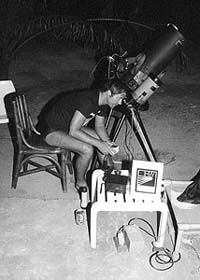 Meanwhile, Halley's Comet approached and, being an avid amateur
astronomer, I contacted Club Med to see if they might be interested in my
services at one of their Southern Hemisphere locations.
Meanwhile, Halley's Comet approached and, being an avid amateur
astronomer, I contacted Club Med to see if they might be interested in my
services at one of their Southern Hemisphere locations. 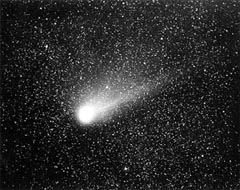 As dirty a job as it might
have been, I spent two months as the entertainer at Club Med on the island
of Moorea in French Polynesia from March through April of 1986. I did a
nightly show as well as run a telescope and professional astrophotography
system (provided by NASA) to capture regular images. My photos are
published in a rather large book NASA keeps at JPL.
As dirty a job as it might
have been, I spent two months as the entertainer at Club Med on the island
of Moorea in French Polynesia from March through April of 1986. I did a
nightly show as well as run a telescope and professional astrophotography
system (provided by NASA) to capture regular images. My photos are
published in a rather large book NASA keeps at JPL.
In 1987, the Guard got Night Vision Goggles (NVGs) and began training us. Our flight facility IPs totally ignored the natural illumination criteria recommended by the Army and dragged us out for UNaided "Nighthawk" training (i.e., NO NVGs!) in howling rainstorms with no moon. I questioned this and was told to shut up.
Talking with the U. S. Army Safety Center revealed they also had a problem with no one listening to this in the active forces; they gladly sent me seven years of Class A, NVG-related mishap data for my analysis. By examining the actual illumination conditions for the dates and times of the mishaps, I discovered that 87% had occurred outside the Army's recommended envelope. I wrote it up as an article that Flightfax quickly published.
But the military still ignored it.
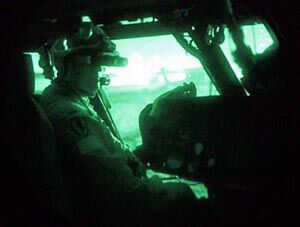 A little
later, a journalist published an article about the NVG situation but it
lacked any definitive content. I got hold of him and asked if he'd seen my
study in Flightfax. He seized upon it and the next day, I read my own
words on the front page of his newspaper (Orange County Register).
Next thing I knew, he won the Pulitzer Prize for it and I found myself
sitting in front of the House Armed Services Committee verifying my
findings and providing recommendations. Then it was 60 Minutes on
the phone wondering if I'd help them.
A little
later, a journalist published an article about the NVG situation but it
lacked any definitive content. I got hold of him and asked if he'd seen my
study in Flightfax. He seized upon it and the next day, I read my own
words on the front page of his newspaper (Orange County Register).
Next thing I knew, he won the Pulitzer Prize for it and I found myself
sitting in front of the House Armed Services Committee verifying my
findings and providing recommendations. Then it was 60 Minutes on
the phone wondering if I'd help them.
Our piece on 60 Minutes, called "Night Sight," aired on 1 April 1990 and featured the side-by-side comparison of NVG imagers in a aircraft-mounted fixture I'd designed to demonstrate the difference between the new AN/AVS-6 NVG and the much poorer AN/PVS-5s currently in use. All this greatly (and very conveniently, I might add) accelerated the procurement of the far better AN/AVS-6s. For 60 Minutes, I personally designed, directed, and ran the night shoots, flying around in a Jet Ranger on an incredibly dark, moonless, cloudy night (well, I admit I was the one to choose the night since that was the only way we could demonstrate our point). Ugh.
Back to Page 1.
Continue to Page 3.
